The Best GPU for 2023: Gamers Buying Guide
Choosing the right GPU is crucial for gamers seeking a seamless gaming experience. With various GPU options available, from budget-friendly to top-tier gaming cards, making the right choice can significantly impact your gaming goals. In this guide, we dive into GPU selection, exploring the world of graphics cards to help you make an informed decision.
Welcome to “The Best GPU for 2023: Gamers Buying Guide,” where we provide clear and concise information to help you navigate the GPU market with confidence.
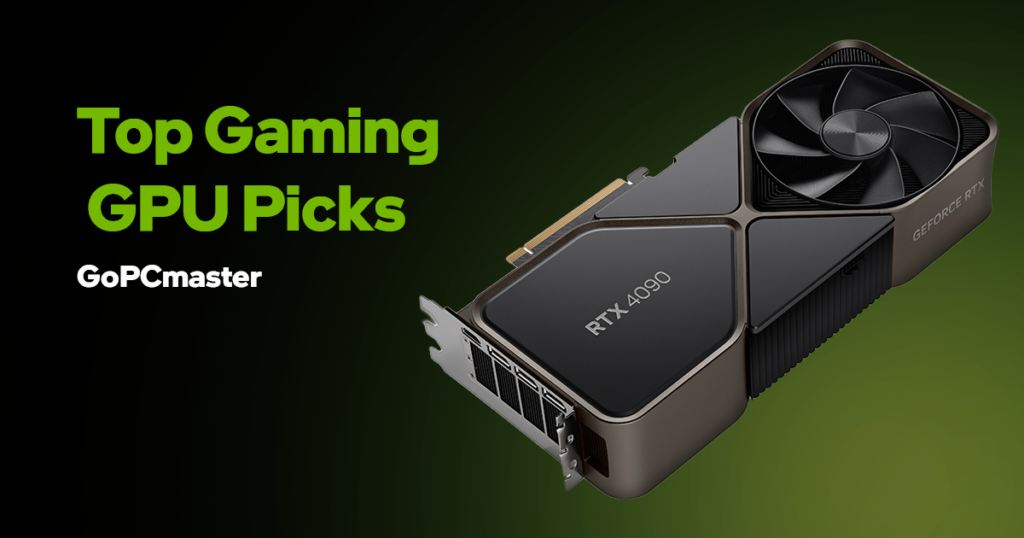
Did you know the gaming GPU landscape has evolved significantly over the years?
We’ve seen remarkable advancements. When purchasing a GPU for gaming, you face numerous options from different manufacturers, each offering distinct features, performance, ease of use, and pricing. Not to mention potential discounts and savings.
This GPU buying guide provides two key takeaways:
- Selecting the perfect GPU for gaming
- Maximizing savings with the best deals.
Whether you’re a gamer, esports enthusiast, or a newcomer, let’s choose the ideal GPU and enhance your gaming experience.
What is the best GPU for gaming?
The best GPU for gaming varies depending on your budget and gaming needs. High-end options offer top-tier performance for demanding games.
However, a more budget-friendly choice offers exceptional value for your investment.
My top picks are the RTX 4070 Ti, RX 6800 XT, and RX 6700 XT.
Ultimately, the best GPU for you will depend on your specific requirements and budget.
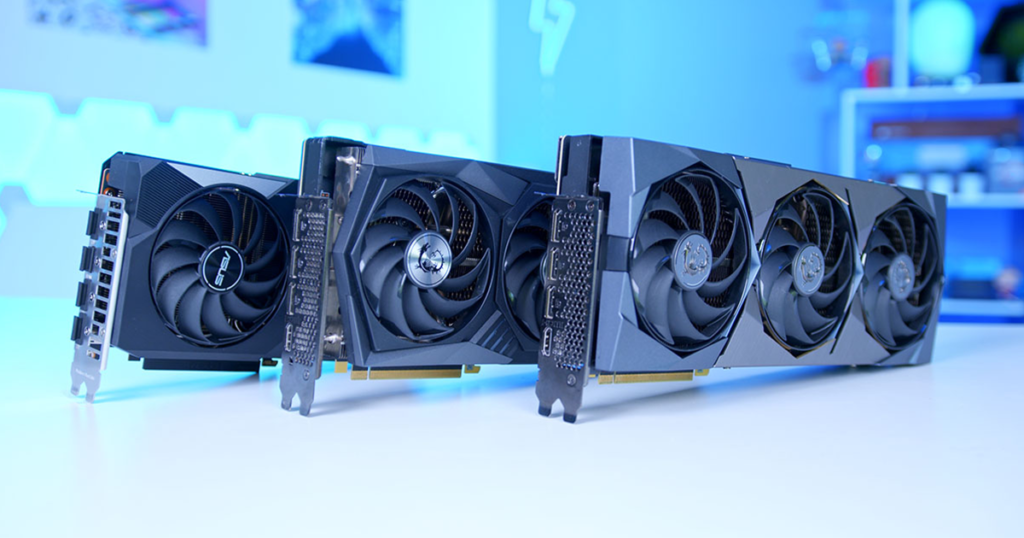
Here are my top picks for the best GPU for gaming:
- NVIDIA RTX 4090 – the best 4K gaming GPU
- AMD Radeon RX 7900 XTX – the best GPU for 4K gaming if you don’t care about ray-tracing
- AMD Radeon RX 7600 – the best budget gaming GPU
- NVIDIA RTX 4070 – the best 1440p ray-tracing GPU
- NVIDIA RTX 4060 – an excellent entry-level
- AMD Radeon RX 7800 XT – the best graphics card for 1440p gaming
- AMD Radeon RX 7900 XT – the best GPU for budget, gaming, overclocking
- AMD Radeon RX 7700 XT – a good value graphics card
- AMD Radeon RX 6700 XT – the best GPU for budget, and 1080p gaming
- Intel Arc A750 – the best for a tight budget
- NVIDIA RTX 4080 – for playing top PC games at 1440p
- NVIDIA RTX 4060 Ti – a powerful GPU
- Intel Arc A380 – excellent card for video encoding, editing, and modeling
1. NVIDIA RTX 4090.
The best 4K gaming GPU and more capable than any other card on the market.

The GeForce RTX 4090 redefines 4K gaming, surpassing its competitors. Enables previously unattainable settings and achieves 240fps+ with ray tracing at 4K.
Notably, its DLSS 3 AI frame generation enhances demanding games like Cyberpunk 2077, achieving over 100fps with stunning visuals. Although this flagship GPU comes at a high cost, it’s unquestionably the ultimate choice for 4K gaming.
Key Features:
- Incredible performance.
- 4K capable – impressively so
- DLSS Frame Generation is great
- Excellent clock speeds
User Experience:
A game-changing GPU. It’s faster with a 2.52GHz boost clock and more cores than its predecessor, the RTX 3090 Ti. The RTX 4090 packs a whopping 16,384 CUDA cores compared to the 11,000 in the RTX 3090 Ti. If you’re into 4K gaming, the RTX 4090 is your best bet.
It’s unclear just how much those extra cores impact gaming performance. As we move down the stack, the 16GB RTX 4080 has slightly over half the cores of the RTX 4090, while the 12GB RTX 4080 falls even further behind. Although clock speeds remain impressive, the current specs of the RTX 40-series family indicate that the increased core count may not be a significant selling point, particularly for gamers.
Pricing:
2. AMD Radeon RX 7900 XTX.
The best GPU for 4K gaming if you don’t care about ray-tracing.

The AMD Radeon RX 7900 XTX redefines 4K gaming, surpassing its competitors. Enables previously unattainable settings and achieves 240fps+ with ray tracing at 4K.
Notably, its DLSS 3 AI frame generation enhances demanding games like Cyberpunk 2077, achieving over 100fps with stunning visuals. Although this flagship GPU comes at a high cost, it’s unquestionably the ultimate choice for 4K gaming.
Key Features:
User Experience:
Pricing:
3. AMD Radeon RX 7600.
This entry-level card is designed for 1080p gaming at 60+ FPS in the latest games.

The GeForce RTX 4090 redefines 4K gaming, surpassing its competitors. Enables previously unattainable settings and achieves 240fps+ with ray tracing at 4K.
Notably, its DLSS 3 AI frame generation enhances demanding games like Cyberpunk 2077, achieving over 100fps with stunning visuals. Although this flagship GPU comes at a high cost, it’s unquestionably the ultimate choice for 4K gaming.
Key Features:
User Experience:
Pricing:
4. NVIDIA RTX 4070.
Offers considerable power in the upper mid-range GPU, though it’s accompanied by a premium price.

The GeForce RTX 4090 redefines 4K gaming, surpassing its competitors. Enables previously unattainable settings and achieves 240fps+ with ray tracing at 4K.
Notably, its DLSS 3 AI frame generation enhances demanding games like Cyberpunk 2077, achieving over 100fps with stunning visuals. Although this flagship GPU comes at a high cost, it’s unquestionably the ultimate choice for 4K gaming.
Key Features:
User Experience:
Pricing:
5. NVIDIA RTX 4060.
Remains potent, and suitable for gaming, video rendering, and 3D modeling, except for the most cutting-edge visuals.

The GeForce RTX 4090 redefines 4K gaming, surpassing its competitors. Enables previously unattainable settings and achieves 240fps+ with ray tracing at 4K.
Notably, its DLSS 3 AI frame generation enhances demanding games like Cyberpunk 2077, achieving over 100fps with stunning visuals. Although this flagship GPU comes at a high cost, it’s unquestionably the ultimate choice for 4K gaming.
Key Features:
User Experience:
Pricing:
6. AMD Radeon RX 7800 XT.
An excellent gaming GPU, offering smooth performance on both 1080p and 1440p monitors.

The GeForce RTX 4090 redefines 4K gaming, surpassing its competitors. Enables previously unattainable settings and achieves 240fps+ with ray tracing at 4K.
Notably, its DLSS 3 AI frame generation enhances demanding games like Cyberpunk 2077, achieving over 100fps with stunning visuals. Although this flagship GPU comes at a high cost, it’s unquestionably the ultimate choice for 4K gaming.
Key Features:
User Experience:
Pricing:
What is the current GPU hierarchy for gaming?
Our GPU Hierarchy Guide meticulously ranks today’s and past-generation graphics cards by their performance. At GoPCmaster, we conduct thorough benchmarks for both the latest and earlier GPUs, ensuring you have a complete understanding of their capabilities.
Whether it’s gaming, handling AI workloads like Stable Diffusion, or engaging in professional video editing, your graphics card is often the cornerstone of your system’s performance—surpassing even the best gaming CPUs in its influence.
While current GPU prices are showing a gradual decline, it’s worth noting that new card prices remain relatively stable.
GPU hierarchy for gaming:
| Year | Graphics Card | Index | Performance at 1080p Ultra (fps) | Performance at 1440p Ultra (fps) | Performance at 4k Ultra (fps) |
| 2022 | RTX 4090 | 100 | 100.0% (151.6fps) | 100.0% (143.1fps) | 100.0% (114.1fps) |
| 2022 | RX 7900 XTX | 87 | 97.3% (147.5fps) | 93.4% (133.7fps) | 81.6% (93.0fps) |
| 2022 | RTX 4080 | 86 | 94.0% (142.6fps) | 90.1% (129.0fps) | 77.8% (88.7fps) |
| 2022 | RX 7900 XT | 79 | 93.1% (141.2fps) | 86.9% (124.3fps) | 69.8% (79.6fps) |
| 2022 | RX 6950 XT | 72 | 89.6% (135.8fps) | 79.5% (113.7fps) | 59.3% (67.6fps) |
| 2023 | RTX 4070 Ti | 83 | 89.3% (135.4fps) | 80.5% (115.1fps) | 62.9% (71.8fps) |
| 2022 | RTX 3090 Ti | 73 | 87.5% (132.6fps) | 80.1% (114.7fps) | 67.0% (76.4fps) |
| 2020 | RX 6900 XT | 67 | 87.0% (132.0fps) | 75.9% (108.6fps) | 55.6% (63.5fps) |
| 2020 | RTX 3090 | 68 | 84.1% (127.6fps) | 75.4% (107.9fps) | 62.3% (71.0fps) |
| 2020 | RX 6800 XT | 63 | 84.0% (127.3fps) | 72.0% (103.0fps) | 52.1% (59.4fps) |
| 2023 | RX 7800 XT | 65 | 83.9% (127.2fps) | 72.7% (104.0fps) | 53.2% (60.7fps) |
| 2021 | RTX 3080 Ti | 66 | 83.1% (126.0fps) | 74.0% (105.8fps) | 60.6% (69.1fps) |
| 2022 | RTX 3080 12GB | 65 | 81.9% (124.2fps) | 72.7% (104.0fps) | 58.7% (67.0fps) |
| 2023 | RTX 4070 | 64 | 81.5% (123.6fps) | 69.1% (98.9fps) | 50.2% (57.2fps) |
| 2022 | RTX 3080 | 53 | 78.5% (119.0fps) | 68.5% (98.1fps) | 54.7% (62.4fps) |
| 2020 | RX 6800 | 53 | 76.7% (116.3fps) | 63.1% (90.2fps) | 44.6% (50.9fps) |
| 2023 | RX 7700 XT | 52 | 75.0% (113.7fps) | 63.5% (90.9fps) | 44.1% (50.2fps) |
| 2021 | RTX 3070 Ti | 51 | 69.8% (105.8fps) | 59.0% (84.4fps) | 41.8% (47.7fps) |
| 2022 | RX 6750 XT | 50 | 68.7% (104.2fps) | 54.3% (77.7fps) | 37.5% (42.8fps) |
| 2023 | RTX 4060 Ti 16GB | 50 | 67.2% (102.0fps) | 52.9% (75.7fps) | 36.5% (41.6fps) |
| 2023 | RTX 4060 Ti | 44 | 67.1% (101.7fps) | 52.8% (75.5fps) | 34.7% (39.6fps) |
| 2020 | RTX 3070 | 43 | 66.3% (100.5fps) | 55.2% (79.0fps) | 38.9% (44.4fps) |
| 2021 | RX 6700 XT | 44 | 66.1% (100.3fps) | 51.4% (73.5fps) | 35.3% (40.3fps) |
| 2018 | Titan RTX | 46 | 65.5% (99.3fps) | 55.6% (79.5fps) | 41.9% (47.8fps) |
| 2018 | RTX 2080 Ti | 45 | 64.7% (98.1fps) | 53.8% (77.0fps) | 39.4% (44.9fps) |
| 2022 | RTX 3060 Ti | 41 | 60.9% (92.3fps) | 49.6% (71.0fps) | – |
| 2019 | RTX 2080 Super | 40 | 57.3% (86.8fps) | 46.0% (65.8fps) | 32.2% (36.7fps) |
| 2021 | RX 6700 10GB | 30 | 56.9% (86.2fps) | 43.7% (62.6fps) | 28.9% (32.9fps) |
| 2023 | RTX 4060 | 39 | 56.0% (84.9fps) | 42.8% (61.2fps) | 27.9% (31.9fps) |
| 2018 | RTX 2080 | 37 | 55.1% (83.6fps) | 43.9% (62.8fps) | – |
| 2023 | RX 7600 | 39 | 54.3% (82.3fps) | 40.0% (57.3fps) | 25.5% (29.1fps) |
| 2022 | RX 6650 XT | 39 | 52.7% (80.0fps) | 39.5% (56.5fps) | – |
| 2019 | RTX 2070 Super | 35 | 51.6% (78.3fps) | 40.6% (58.1fps) | – |
| 2021 | RX 6600 XT | 37 | 51.5% (78.1fps) | 38.6% (55.2fps) | – |
| 2022 | Arc A770 16GB | 35 | 50.6% (76.8fps) | 41.7% (59.6fps) | 30.7% (35.0fps) |
| 2019 | RX 5700 XT | 33 | 48.3% (73.3fps) | 37.1% (53.1fps) | 25.6% (29.3fps) |
| 2022 | Arc A770 8GB | 33 | 48.3% (73.2fps) | 39.5% (56.5fps) | 28.8% (32.9fps) |
| 2021 | RTX 3060 | 33 | 48.1% (73.0fps) | 37.7% (54.0fps) | – |
| 2018 | RTX 2070 | 32 | 46.4% (70.3fps) | 36.1% (51.6fps) | – |
| 2019 | Radeon VII | 34 | 45.9% (69.5fps) | 37.0% (53.0fps) | 27.6% (31.5fps) |
| 2022 | Arc A750 | 30 | 44.8% (68.0fps) | 36.5% (52.2fps) | 26.5% (30.2fps) |
| 2021 | RX 6600 | 30 | 44.4% (67.3fps) | 32.6% (46.6fps) | – |
| 2017 | GTX 1080 Ti | 35 | 43.8% (66.4fps) | 35.1% (50.2fps) | 25.9% (29.5fps) |
| 2019 | RTX 2060 Super | 30 | 43.6% (66.2fps) | 33.6% (48.1fps) | – |
| 2019 | RX 5700 | 30 | 42.6% (64.5fps) | 32.6% (46.7fps) | – |
| 2020 | RX 5600 XT | 28 | 38.1% (57.8fps) | 29.4% (42.0fps) | – |
| 2017 | RX Vega 64 | 27 | 37.4% (56.7fps) | 29.1% (41.6fps) | 20.6% (23.5fps) |
| 2019 | RTX 2060 | 20 | 36.9% (55.9fps) | 27.9% (39.9fps) | – |
| 2016 | GTX 1080 | 25 | 35.0% (53.0fps) | 27.6% (39.4fps) | – |
We quantify performance using average FPS (Frames Per Second), helping you make informed choices when selecting the right GPU for your gaming needs.
Whether you’re aiming for high frame rates at 1080p or pushing the boundaries of 4K gaming, our GPU hierarchy provides the data you need to make a well-informed decision while keeping your gaming experience in mind.
Frequently Asked Questions
How do I choose the right GPU for my gaming needs?
To choose the right GPU for gaming, follow these steps: set a budget, define gaming goals, ensure compatibility with your hardware, research performance benchmarks, consider VRAM for your desired resolution, assess future-proofing needs, check power supply compatibility and factor in brand reputation and unique features. Additionally, decide if ray tracing and DLSS support are essential and monitor GPU availability and pricing.
What is the difference between a gaming GPU and a workstation GPU?
Gaming GPUs are designed for consumer gaming with a focus on high frame rates and gaming features. Workstation GPUs cater to professional tasks like 3D rendering and CAD, offering precision, reliability, and certified compatibility with professional software.
Gaming GPUs excel in gaming performance, while workstation GPUs provide better double-precision performance and larger VRAM capacities. Gaming GPUs are more budget-friendly and gaming-focused, while workstation GPUs are costlier due to specialized features and certifications.
What factors should I consider when upgrading my gaming GPU?
When upgrading your gaming GPU, focus on your budget, gaming goals, compatibility, performance benchmarks, VRAM, future-proofing, power supply, brand reputation, ray tracing/DLSS preferences, and market availability and pricing. These factors ensure a well-informed and suitable GPU upgrade.
What role does VRAM play in gaming?
VRAM (Video Random Access Memory) in gaming stores graphics data like textures and frame buffers. It directly influences performance, enabling smoother gameplay and better visuals at higher resolutions and settings. Adequate VRAM is essential for gaming at 1440p, 4K, or with modern textures.
Should I wait till 2023 to buy a GPU?
Deciding to wait for a 2023 GPU depends on factors like current needs, upcoming releases, budget, availability, performance requirements, use case, and current prices. Assess your situation carefully for an informed decision.
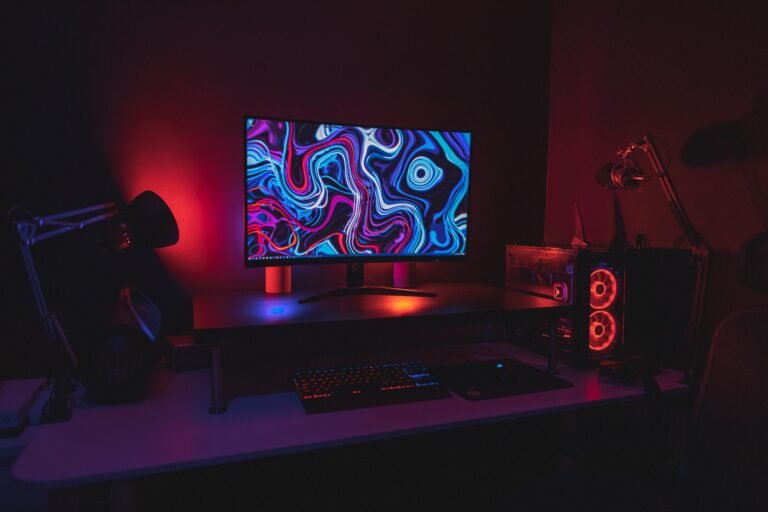

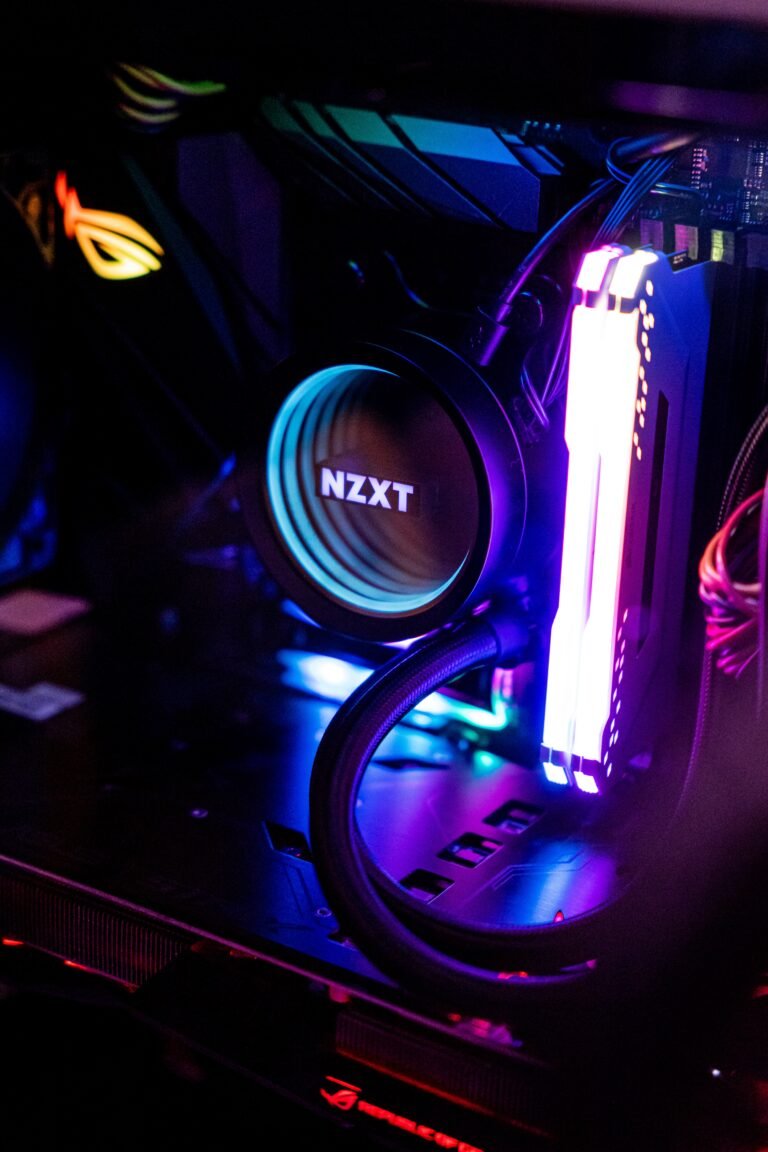

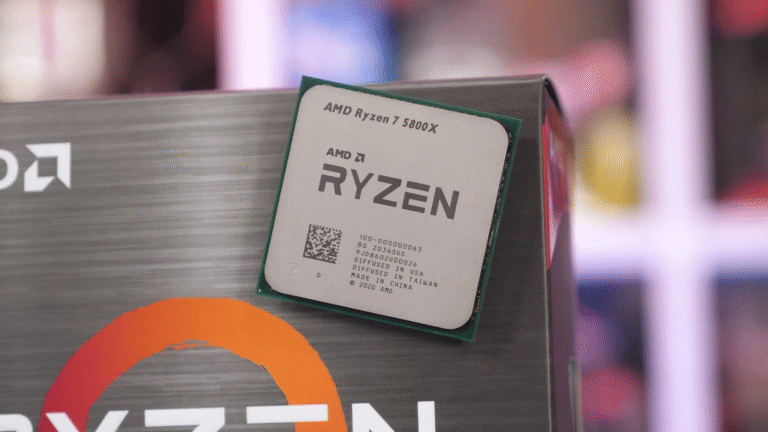
2 Comments